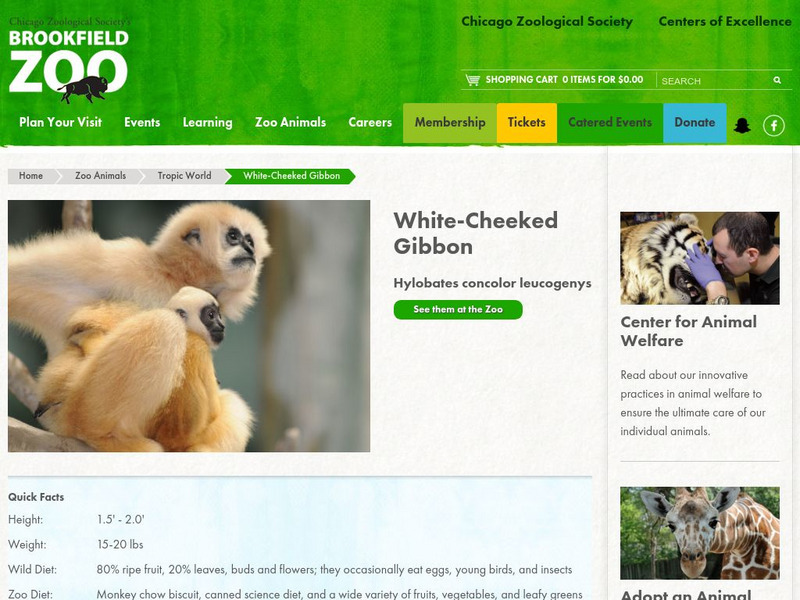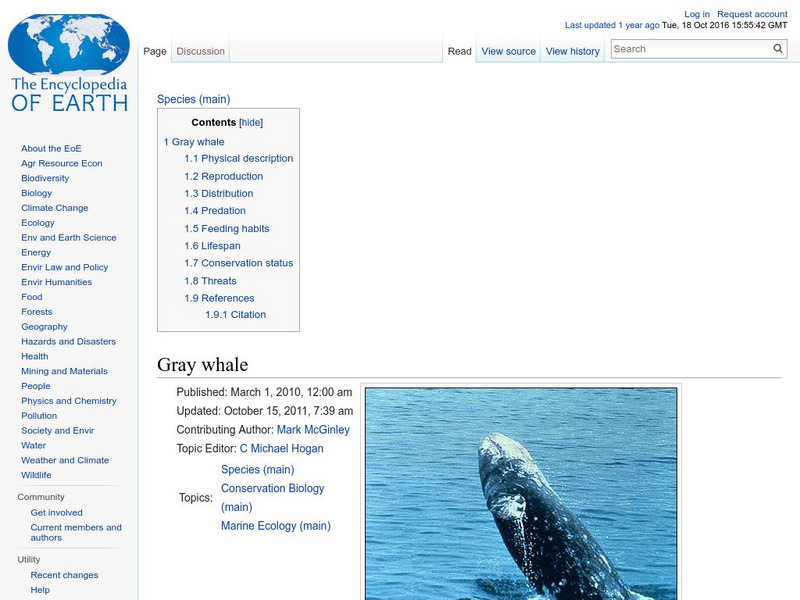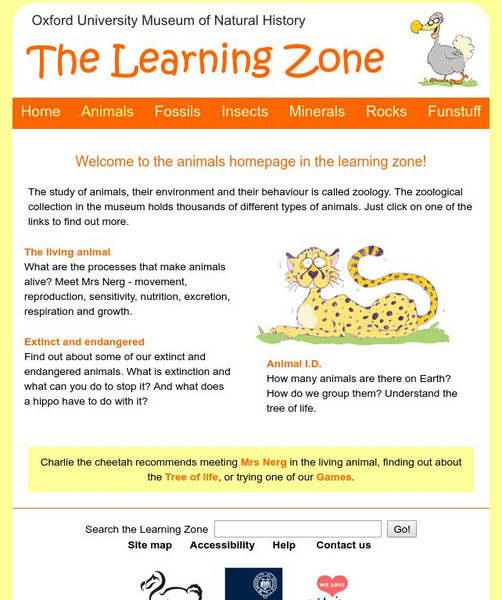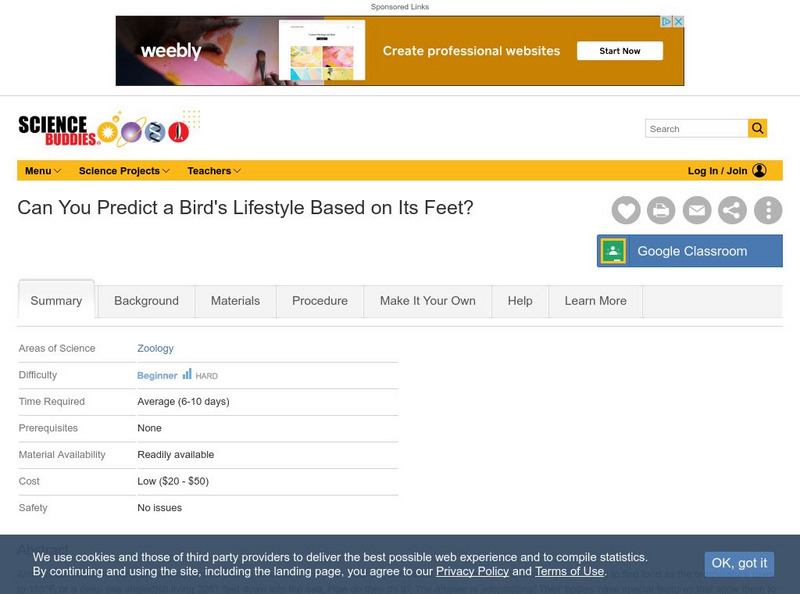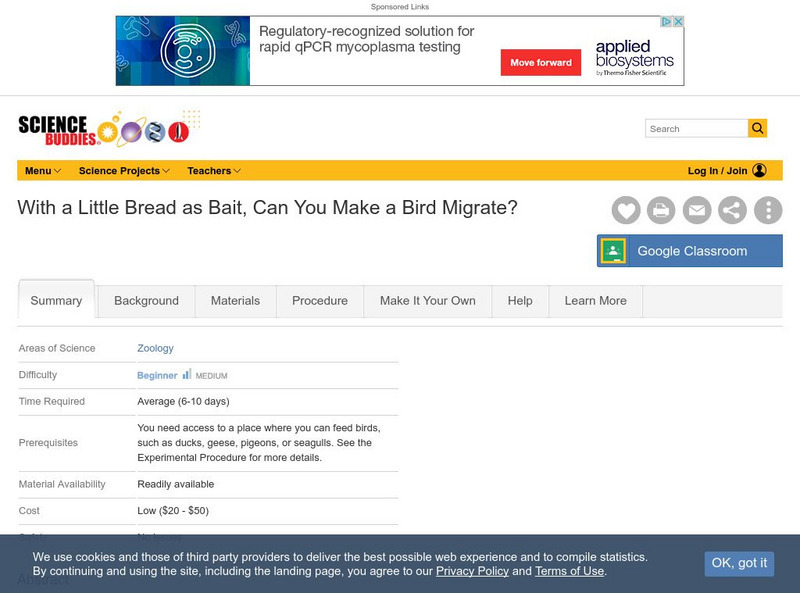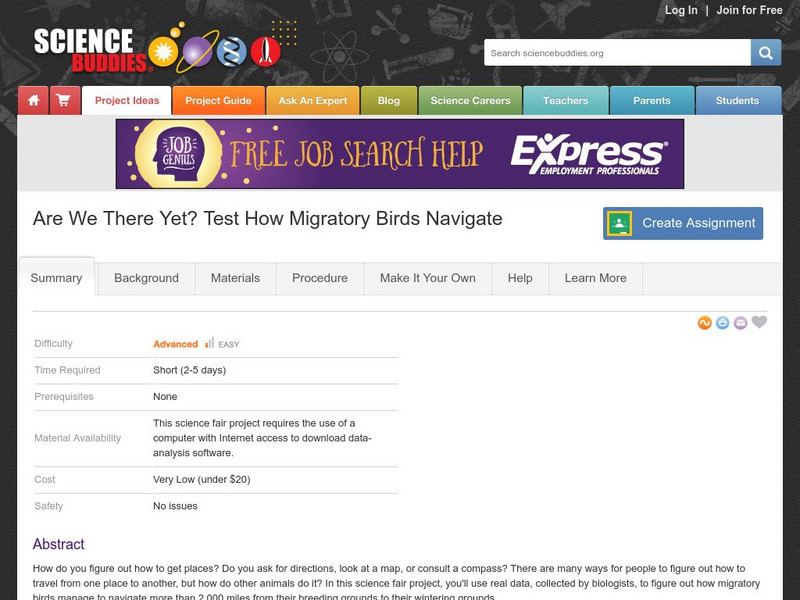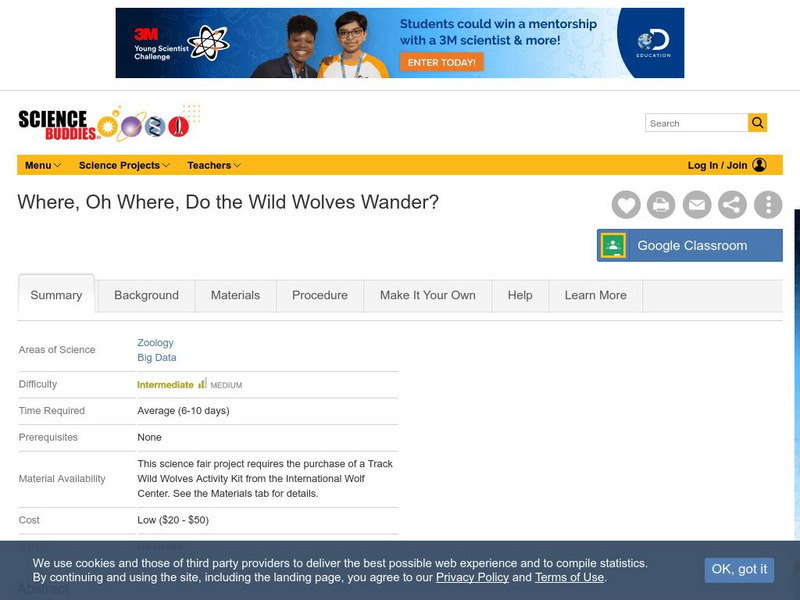Chicago Zoological Society
Chicago Zoological Society: Zoo Explorer: North American River Otter
Familiarize yourself with the North American river otter by browsing this brief overview from the Brookfield Zoo. This animal guide includes quick facts and information on the appearance, habitat, social and eating habits, and other...
Chicago Zoological Society
Chicago Zoological Society: Zoo Explorer: Asian Small Clawed Otter
Learn all about the Asian small-clawed otter by browsing this reference from the Brookfield Zoo. In addition to quick facts, this animal guide provides information on the appearance, habitat, breeding, and social behaviors of this...
Chicago Zoological Society
Chicago Zoological Society: Zoo Explorer: Black Handed Spider Monkey
Find out more about the black-handed spider monkey by browsing this reference from the Brookfield Zoo. In addition to quick facts and a photo, this animal guide offers details on the appearance, environment, eating habits and other...
Chicago Zoological Society
Chicago Zoological Society: Zoo Explorer: Callimico
Get acquainted with the callimico while reading this animal guide from the Brookfield Zoo. Content includes quick facts, a photo, and highlights on the appearance, habitat, and social habits of this unique monkey.
Chicago Zoological Society
Chicago Zoological Society: Zoo Explorer: Colobus Monkey
In addition to quick facts and a photo, the Brookfield Zoo provides information on the social and eatings habits, appearance, habitat, and other characteristics of the colobus monkey, who despite having no thumbs move around trees fairly...
Chicago Zoological Society
Chicago Zoological Society: Zoo Explorer: Cotton Top Tamarin
One page profile of the cotton-top tamarin that provides quick facts, a photo, and details on the appearance, habitat, conservation, breeding habits, social traits, and other unique characteristics of this endangered animal.
Chicago Zoological Society
Chicago Zoological Society: Zoo Explorer: Giant Anteater
In addition to quick facts, the Brookfield Zoo provides information on the social and eatings habits, appearance, habitat, and other characteristics of the giant anteater.
Chicago Zoological Society
Chicago Zoological Society: Zoo Explorer: Western Lowland Gorilla
Find out more about the western lowland gorilla by browsing this resource from the Brookfield Zoo. In addition to quick facts, this animal guide provides information on its appearance, family dynamics, and communication.
Chicago Zoological Society
Chicago Zoological Society: Zoo Explorer: White Cheeked Gibbon
Find out more about the white-cheeked gibbon by browsing this reference from the Brookfield Zoo. In addition to quick facts, this animal guide offers information on its appearance, communication, habitat, and unique characteristics.
Chicago Zoological Society
Chicago Zoological Society: Zoo Explorer: Blue Poison Frog
In addition to quick facts, the Brookfield Zoo provides the lowdown on the social and eating habits, appearance, habitat, and other characteristics of the blue poison frog.
Encyclopedia of Earth
Encyclopedia of Earth: Zoology: Gray Whale
Information about the gray whale: physical characteristics, behavior, reproduction, distribution, threats, species survival status, etc. (Published March 1, 2010)
University of Oxford (UK)
The Learning Zone: Animals
Learn all about the study of animals--zoology through this interactive website. You will learn about the processes that make animals alive, what makes them endangered or extinct, and the tree of life.
Famous Scientists
Famous Scientists: Ernst Haeckel
Find out about Ernst Haeckel, a scientist known for his work with ecology, zoology, and the study of phylogeny.
Smithsonian Institution
Smithsonian National Zoo: Meet Our Animals
This site from the National Zoological Park provides extensive information about many types of animals. Just click on the category you need. Includes pictures and live web cams.
Curated OER
National Zoological Park: Animals, Etc.
This site from the National Zoological Park provides extensive information about many types of animals. Just click on the category you need. Includes pictures and live web cams.
Other
Voronezh Zoological Gardens
This is a very informative site about this Russian zoo. It offers history and background, pictures, and an English version.
Science Buddies
Science Buddies: How Does a Chick Breathe Inside Its Shell?
Whether a chick can breathe inside its shell is an interesting question. Every animal needs oxygen to survive, so the chick must get air somehow. Try this science project to discover if the pores in a chicken egg shell allow water to...
Science Buddies
Science Buddies: Can You Predict a Bird's Lifestyle Based on Its Feet?
Animals have special features that allow them to adapt to conditions in certain environments. You might not be able to dive down 3281 feet to observe the deep sea anglerfish, but in this science fair project you can discover what the...
Science Buddies
Science Buddies: With a Little Bread as Bait, Can You Make a Bird Migrate?
You might like to play in the autumn leaves and winter snow, but have you noticed that many birds don't like to stick around for the cold weather? And instead of the birds you're used to seeing in the warm months, your new feathered...
Science Buddies
Science Buddies: Are We There Yet? Test How Migratory Birds Navigate
How do you figure out how to get places? Do you ask for directions, look at a map, or consult a compass? There are many ways for people to figure out how to travel from one place to another, but how do other animals do it? In this...
Science Buddies
Science Buddies: Where, Oh Where, Do the Wild Wolves Wander?
If you were leaving home for a long walk, how far would you go? One mile, 5 miles, 10 miles? How about 550 miles?. That's a long way, but some wolves have been known to travel that far when they are leaving their packs in search of a...
Scientific American
The Strange Case of the Minnesota Iceman
The modern-day corpse of a human-like hominid, preserved in a block of ice, encountered by researchers in the 1960s. Surely the zoological discovery of the century!
PBS
Pbs Teachers: Scientific American: The New Zoos: Polar Bear Picnic
Explore zoos and the change in animal care, and research the physiology and habitats of polar bears. Investigate the difference between what is essential to survive and what is desirable in an enriched environment.
PBS
Pbs Teachers: Scientific American: Prime Time Primates: Keeping the Peace
Explore the effect of overcrowding on a population, and play a game that demonstrates what happens as a population loses its space. Investigate cooperation in social groups, the benefits of sharing food and what happens when the system...
Other popular searches
- Zoology Lessons
- Zoology Project
- Zoology Experiments
- Basic Zoology
- Vertebrate Zoology
- Comparative Zoology
- Zoology Specializations
- Zoology Career Exploration
- Zoology Careers
- Zoology Habituation
- Zoology Adult Home Study
- Zoology Adult








